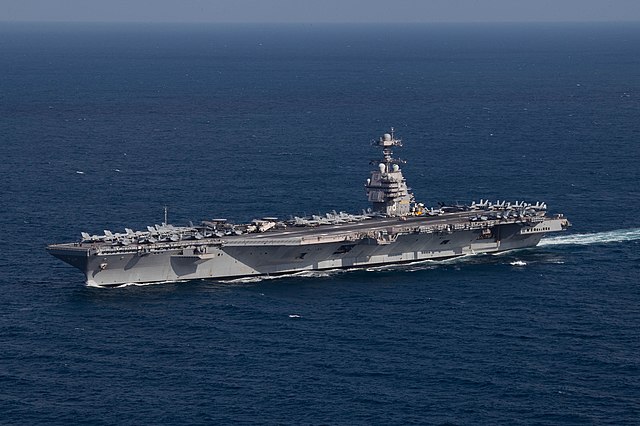
The U.S. Navy stands at a crossroads in its maritime dominance, particularly in the realm of its aircraft carriers. With the USS Gerald R. Ford (CVN 78) making its presence felt in the Mediterranean, the legacy of the Nimitz-class carriers, some nearly reaching their half-century mark, continues to be extended due to the challenges and delays faced by their advanced successors, the Ford-class.
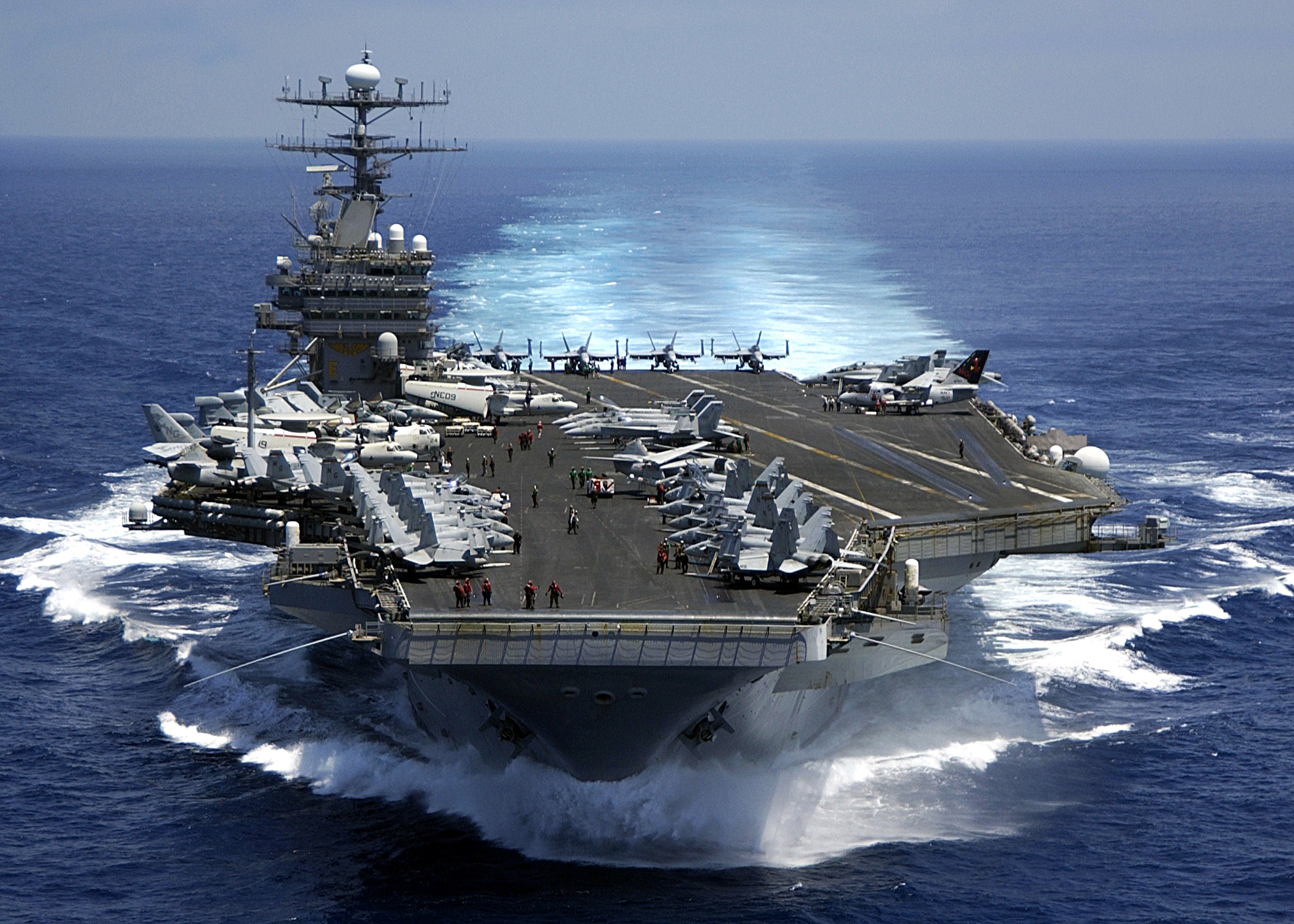
Indian Ocean (Mar. 15, 2005) – The Nimitz-class aircraft carrier USS Carl Vinson (CVN 70) underway in the Indian Ocean prior to flight operations. The Carl Vinson Strike Group is currently on deployment to promote peace and stability and respond to emergent events overseas. USS Carl Vinson will end its deployment with a homeport shift to Norfolk, Va., and will conduct a three-year refuel and complex overhaul. U.S. Navy photo by Photographer’s Mate 3rd Class Dusty Howell (RELEASED)
America’s seascape has been ruled by the Nimitz-class carriers since the first, the USS Nimitz (CVN 68), was commissioned in 1975.

Pacific Ocean (July 25, 2005) Ð The Nimitz-class aircraft carrier USS Ronald Reagan (CVN 76) performs a high speed run during operations in the Pacific Ocean. Reagan and embarked Carrier Air Wing Fourteen (CVW-14) are currently underway conducting Tailored Ships Training Availability (TSTA). U.S. Navy photo by PhotographerÕs Mate 1st Class James Thierry (RELEASED)
Their steam-powered catapults, the MK 7 Aircraft recovery system, and other longstanding technologies have formed the backbone of U.S. naval aviation for decades.
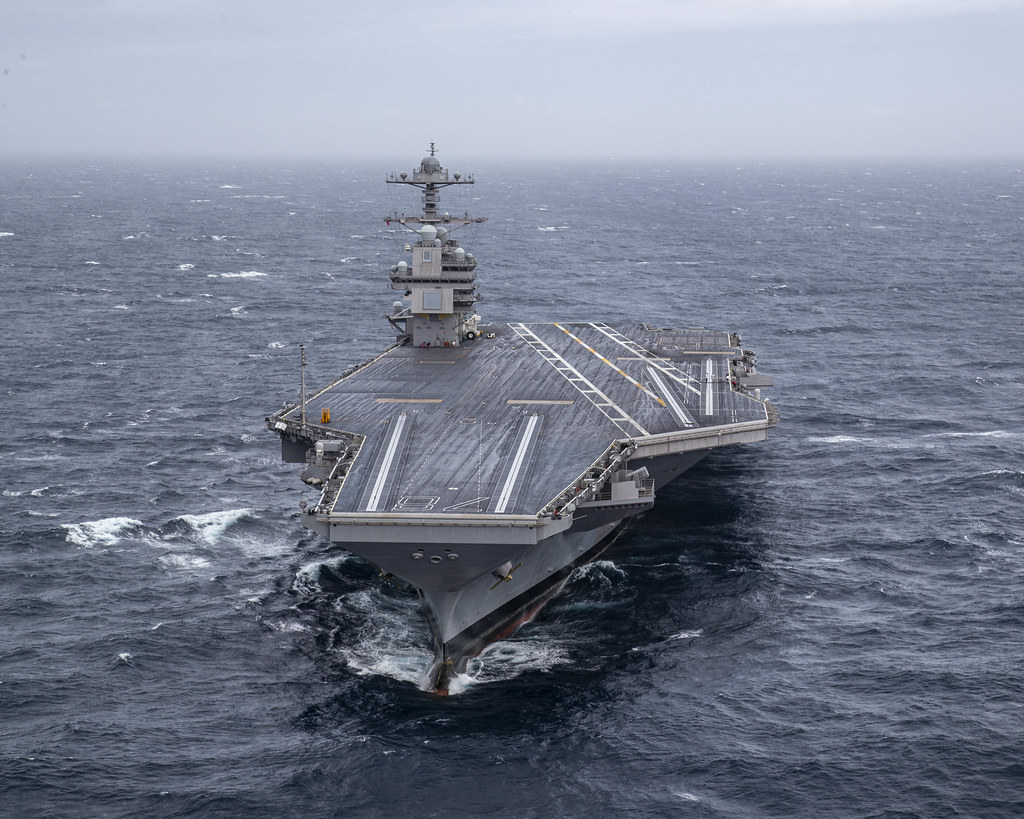
As these behemoths approach their golden years, a decision looms: extend their service or expedite the transition to the more technologically advanced yet initially troubled Ford-class?
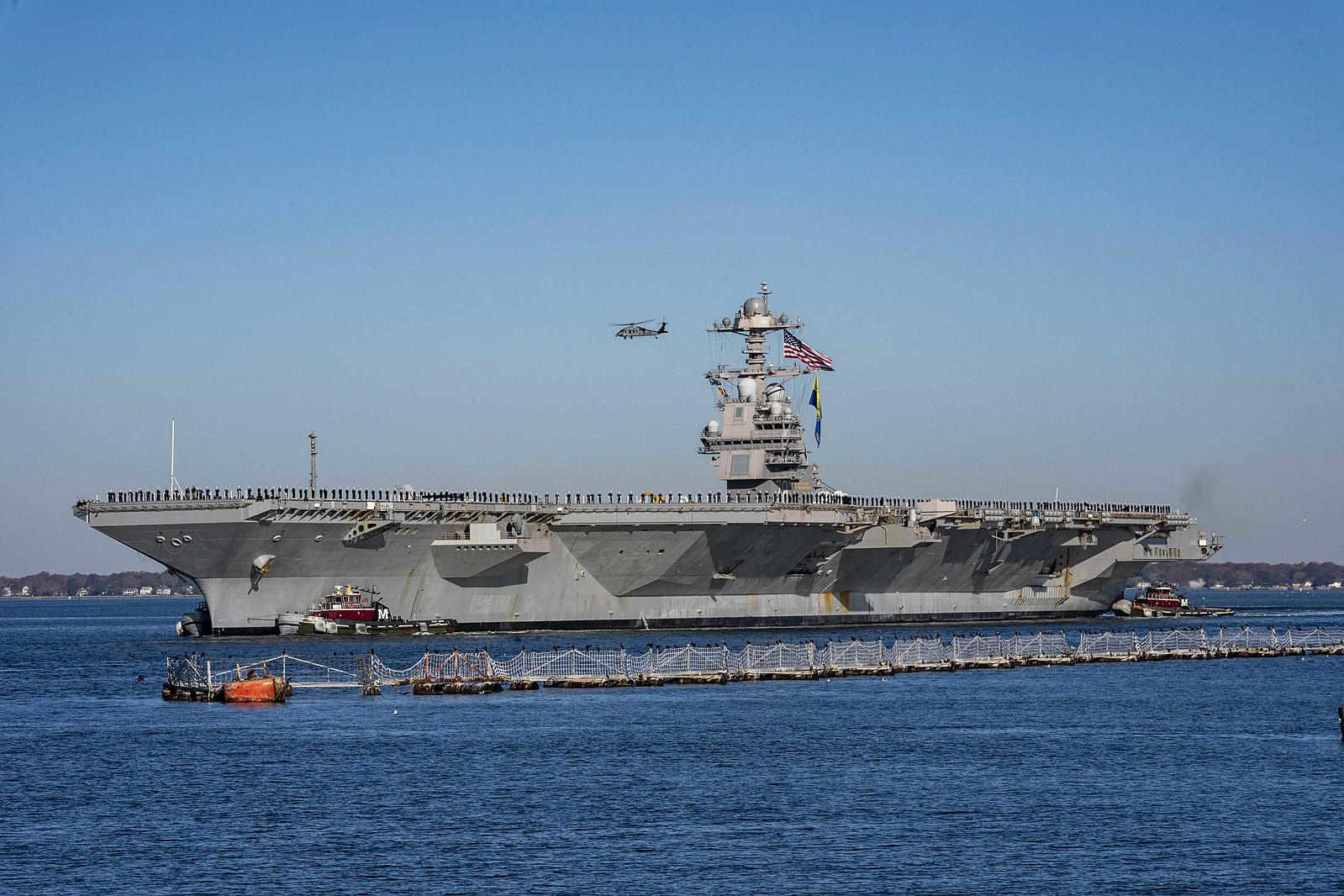
The Ford-class carriers, represented by the lead ship CVN 78, were envisioned as a transformative leap forward. The introduction of the Electromagnetic Aircraft Launch System (EMALS) and the Advanced Arresting Gear System (AAG) meant that these vessels could boast greater efficiency, increased reliability, and the ability to handle a wider array of aircraft while requiring less manpower.
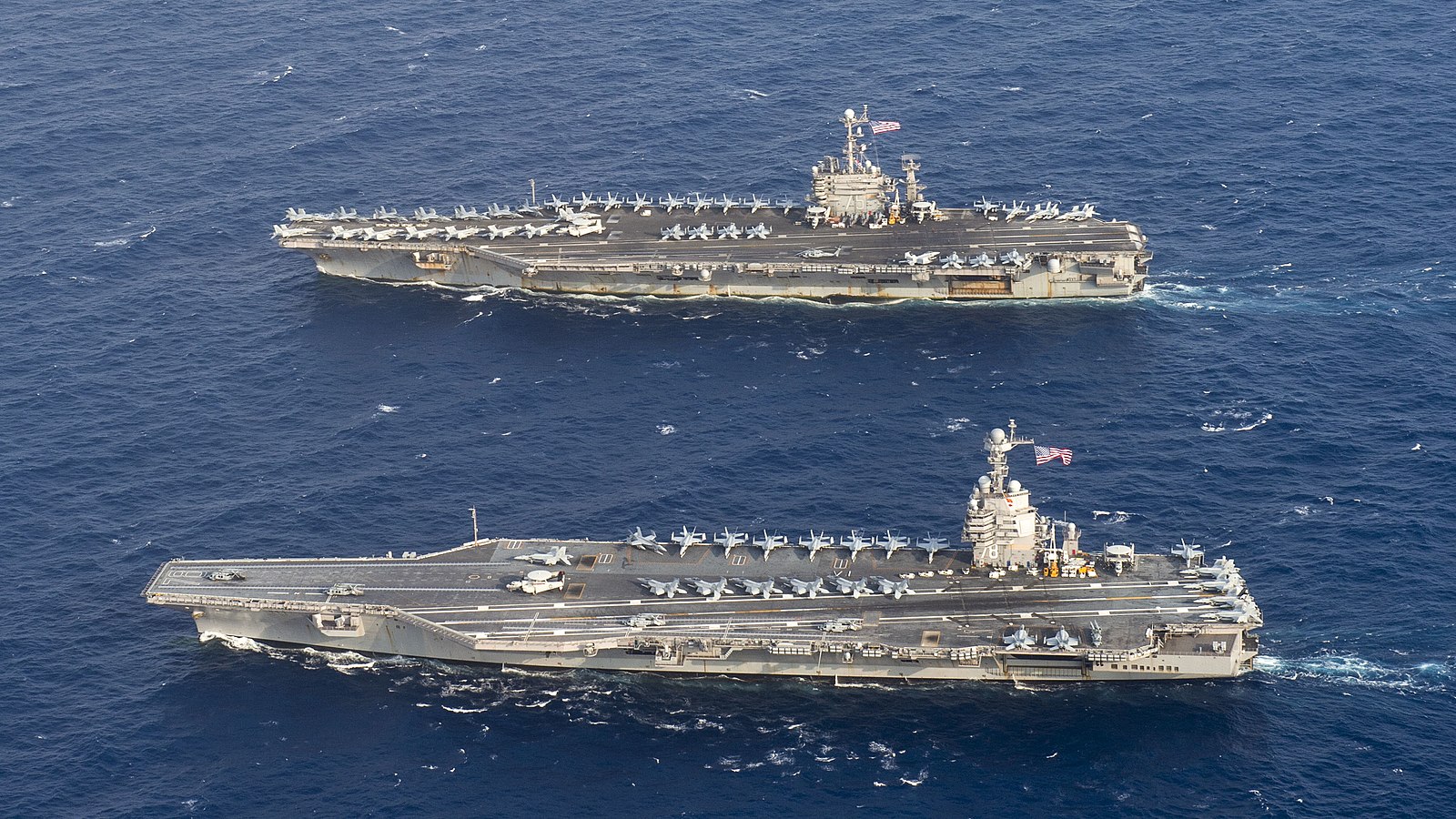
The Ford-class also featured advancements in nuclear reactors and weapons elevators, promising a higher sortie rate and greater operational capabilities.

However, the Ford-class has not been without its problems. CVN 78 faced cost overruns, with expenses ballooning to $13.3 billion, and experienced a series of operational issues.

Delays and maintenance challenges, coupled with the threat landscape’s evolution including hypersonic missiles and cyber-attacks, have led some to question the viability of these expensive supercarriers.

SAN DIEGO (July 29, 2009) The aircraft carrier USS Nimitz (CVN 68) and embarked Carrier Air Wing (CVW) 11 transits into San Diego prior to mooring at Naval Air Station North Island. Nimitz is preparing for a 2009 regularly scheduled Western Pacific Deployment. (U.S. Navy photo by Mass Communication Specialist 3rd Class John Philip Wagner Jr./Released)
The Nimitz-class, on the other hand, has offered a known quantity, although not without its operational strains.
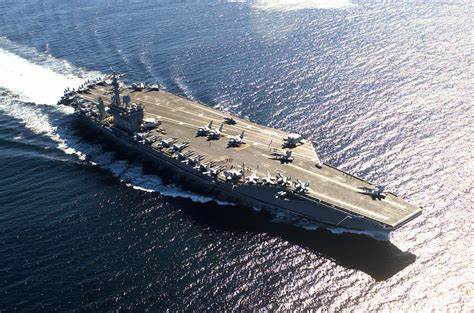
For example, the USS Nimitz (CVN 68) completed a record-breaking 321-day deployment during the Covid-19 pandemic, highlighting both the resilience and the fatigue experienced by these carriers and their crews.
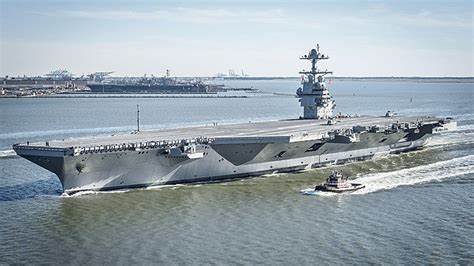
As the Navy considers extending the service lives of these vessels, it grapples with a delicate balance between maintaining operational readiness and navigating the complexities of modern naval warfare.
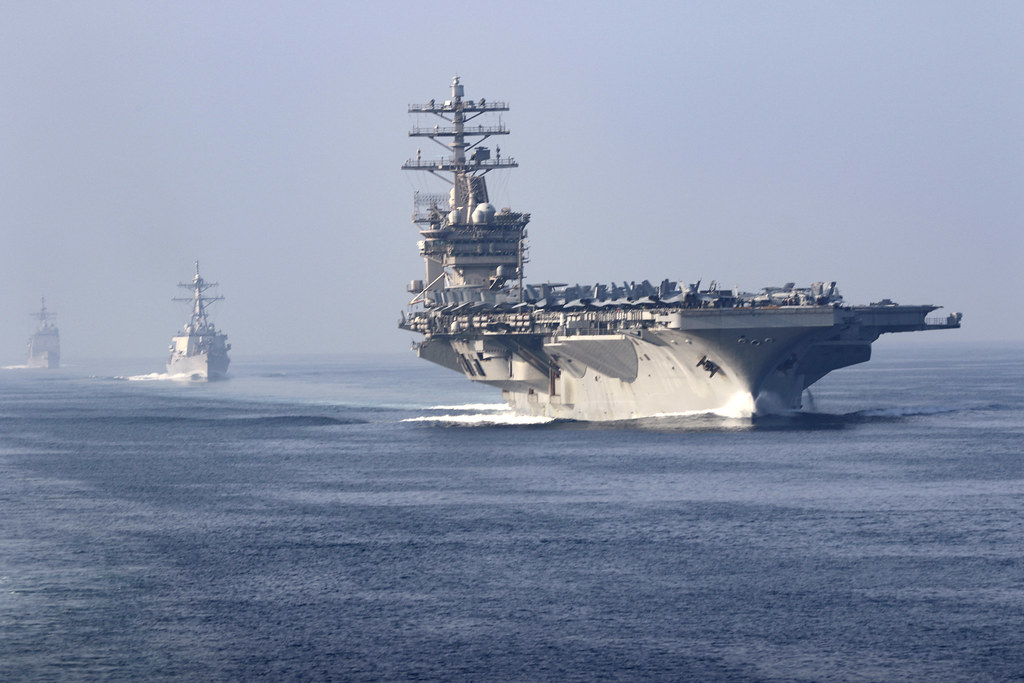
Amidst this backdrop, alternatives have been proposed—such as updating conventional carriers or supplementing with more amphibious assault ships—to potentially offer a more efficient and adaptable approach to naval warfare.

These options could provide operational flexibility and mitigate the risks associated with high-value targets like supercarriers.
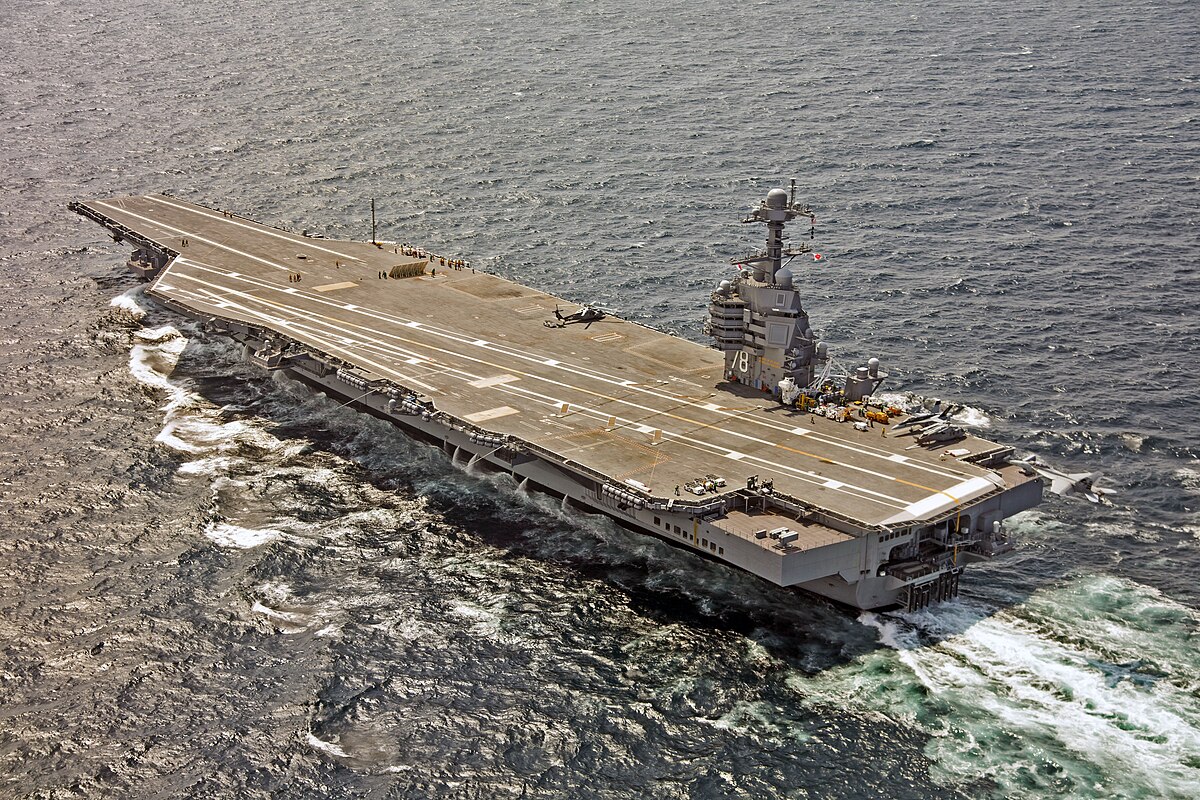
As the Navy deliberates the future composition of its fleet, it also faces challenges with its air wings. With a limited number of carriers deployed at any given time and the demand for air wings outstripping the number of available strike fighters, the Navy is exploring solutions like heavy reliance on uncrewed aviation.
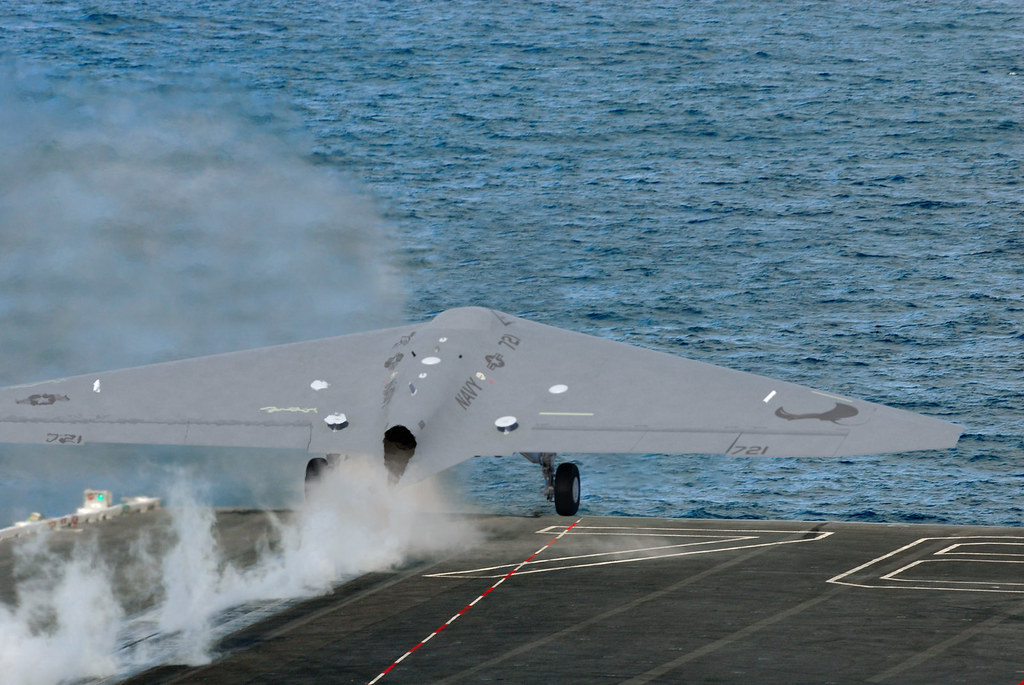
The promise of a future where carrier air wings are 60% uncrewed offers a transformative vision for carrier-based operations, but it remains contingent on the successful development and integration of platforms like the Boeing MQ-25 Stingray.
Relevant articles:
– Ford-Class vs. Nimitz-Class: A U.S. Navy Aircraft Carrier Showdown, The National Interest
– Ford-Class vs. Nimitz-Class: A U.S. Navy Aircraft Carrier Showdown, nationalinterest.org
– The Navy’s Ford-Class Aircraft Carriers are a Giant ‘Question Mark’, The National Interest
– U.S. Navy Considers Extending All Its Nimitz-Class Carriers, Aviation Week

